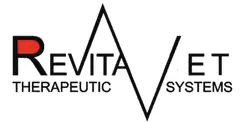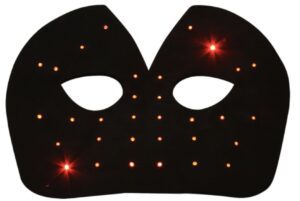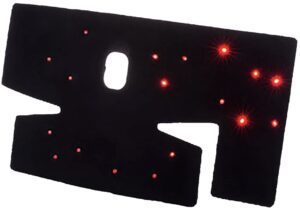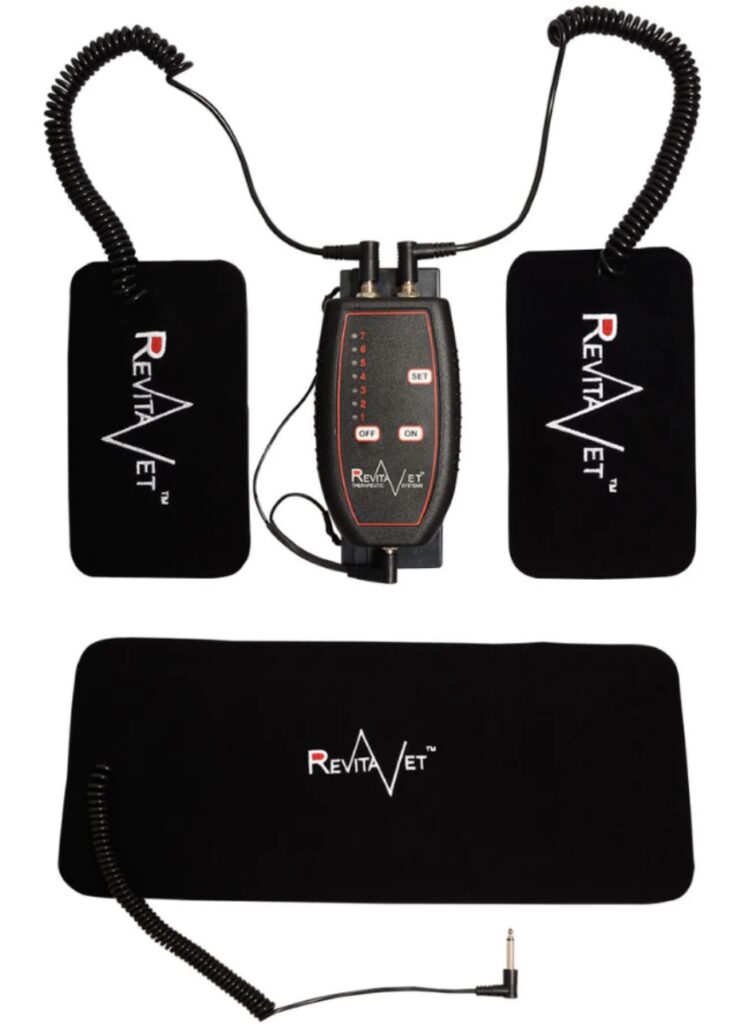Red Light Therapy
Light therapy has been shown in over 40 years of independent research worldwide to deliver powerful therapeutic benefits to living tissues and organisms. Both visible red and infrared light have been shown to affect at least 24 different positive changes at a cellular level.
The process of pain and inflammation, and how LED light therapy can help: When there is a lack of oxygen and glucose in the blood vessels, Adenosine triphosphate (ATP) production decreases, which is sensed by nerves and sent to the brain as either pain or a lack of sensation in the outer extremities.
Light energy stimulates the release of nitric oxide from hemoglobin, which enters the muscle cells through the walls of the blood vessels, causing the vessels to increase in diameter and allowing more blood flow, increasing oxygen and glucose.
The increase of oxygen and glucose, along with stimulation from Infrared Light Therapy, increases ATP production. This decreases pain and inflammation and increases tissue regeneration in a localized area.
Photobiological Effect of Light Therapy
Increase vascular efficacy (circulation) by increasing the formation of new capillaries, which are additional blood vessels that replace damaged ones. New capillaries speed up the healing process by carrying more oxygen as well as more nutrients needed for healing and they can also carry more waste products away.
- Stimulate the production of collagen. Collagen is the most common protein found in the body. Collagen is the essential protein used to repair damaged tissue and to replace old tissue. It is the substance that holds cells together and has a high degree of elasticity. By increasing collagen production, less scar tissue is formed at the damaged site.
- Enhances Release of Nitric Oxide. This gas is an important signaling messenger molecule in the body of all mammals that is involved in many physiological and pathological processes.
- Stimulate the release of adenosine triphosphate (ATP). ATP is the major carrier of energy to all cells. Increases in ATP allow cells to accept nutrients faster and get rid of waste products faster by increasing the energy level in the cell. All food turns into ATP before it is utilized by the cells. ATP provides the chemical energy that drives the chemical reaction of the cell.
- Increase lymphatic system activity. Edema, which is the swelling or natural splinting process of the body, has two basic components. The first is a liquid part which can be evacuated by the blood system and the second is comprised of the proteins which have to be evacuated by the lymphatic system. Research has shown that the lymph vessel diameter and the flow of the lymph system can be doubled with the use of light therapy. The venous diameter and the arterial diameters can also be increased. This means that both parts of edema (liquid and protein) can be evacuated at a much faster rate to relieve swelling
- Increase RNA and DNA synthesis. This helps damaged cells to be replaced more promptly.
Reduce the excitability of nervous tissue. The photons of light energy enter the body as negative ions. This calls upon the body to send positive ions like calcium among others to go to the area being treated. These ions assist in firing the nerves thereby relieving pain. - Stimulate fibroblastic activity which aids in the repair process. Fibroblasts are present in connective tissue and are capable of forming collagen fibers.
- Increase phagocytosis, which is the process of scavenging for and ingesting dead or degenerated cells by phagocyte cells for the purpose of clean up. This is an important part of the infection fighting process. Destruction of the infection and clean up must occur before the healing process can take place.
Stimulate tissue granulation and connective tissue projections, which are part of the healing process of wounds, ulcers or inflamed tissue. - Stimulate acetylcholine release. Acetylcholine causes cardiac inhibition, vasodilatation, gastrointestinal peristalsis and other parasympathetic effects.

The LZR UltraBright utilizes red light, near infrared light, and heat to encompass a broader range of wavelengths. Light therapy is thought to aid in the health and wellness of skin, muscles, and other parts of the body. The LZR UltraBright uses light emitting diodes (LEDs) to be used on the outer layer of the skin and can reach several centimeters into the body. Light Therapy has become popular with medical experts to help with weight loss, wrinkles, acne, hair loss, and many other issues.
The LZR UltraBright can help with:
• Weight loss • Wrinkles • Acne • Hair Loss • Wounds • Migraines • Seasonal affective disorder • Carpal tunnel syndrome • Muscle Mass • Bone Growth • Nerve Growth • And more!
How does the LZR UltraBright differ from lasers?
Both modalities aim to stimulate the skin to provide more energy to the cells. Lasers, often used in surgery, emit a direct line of photons to target specific areas of the body. The LZR UltraBright uses LEDs to emit a broader range of wavelengths and cover larger areas. Due to reaching a wider area of the body, it is thought to be less harmful to the eyes and soothing to sensitive parts of the body.

I utilize the RevitaVet Poll Cap, Hock Savers and the IR2 system.
The Poll Cap is a neoprene wrap with 32 strategically positioned light energy diodes and is a hands-free device used for the treatment of the poll region. It is a very effective tool for calming hoses down. The device can be used for frontal sinuses, TMJ, first and second vertebra as well as primary acupuncture points in the area.
Many horses are prone to rear leg injuries and inflammation. The use of Hock Savers has shown to cut the recovery time in half. Each Hock Saver has 18 visible red diodes at a wave length of 650nm diodes, strategically located to help relieve and prevent problems in one of the most important and hardest worked joints in the horse.
The IR2 system is comprised of 2 therapy pads, a large back pad and a controller. The IR2 system uses the 7 Nogier Light Frequencies and the system may be used in automatic mode or manual mode. The automatic mode will cycle through the 7 light frequencies at predetermined intervals. In manual mode, a light frequency will be selected and will only operate on that setting.
The Nogier Light Frequencies used are:
1. 73 Hz - Bone and Hypoactive Tissue
2. 146 Hz - Inflammation and Scar Tissue
3. 292 Hz - Skin and Nerves
4. 584 Hz - Blood and Lymph Circulation, Organs
5. 1168 Hz - Bones, Joints, Muscles
6. 2336 Hz - Chronic Conditions
7. 4672 Hz - Most Sedating, Pain Control



